



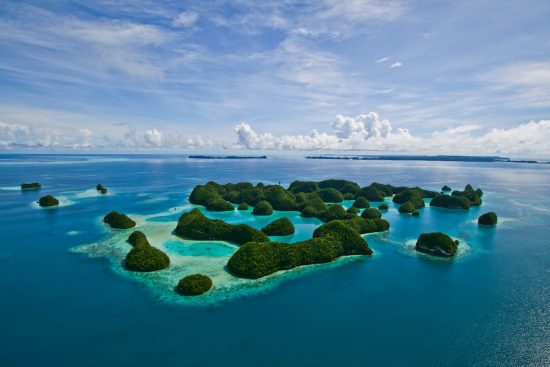
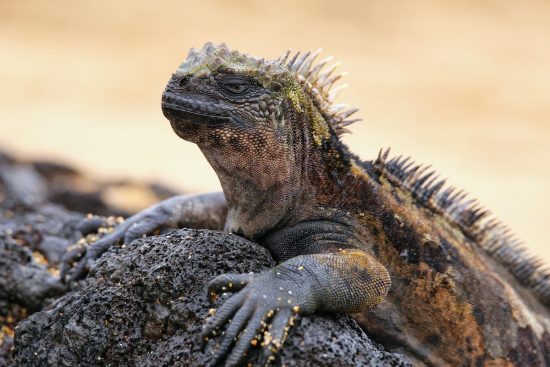
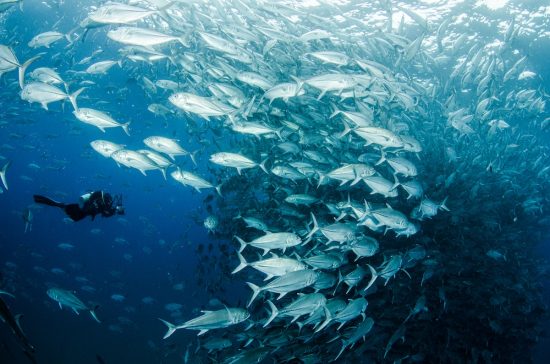

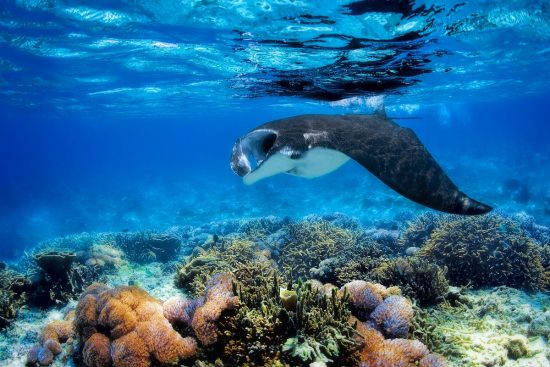
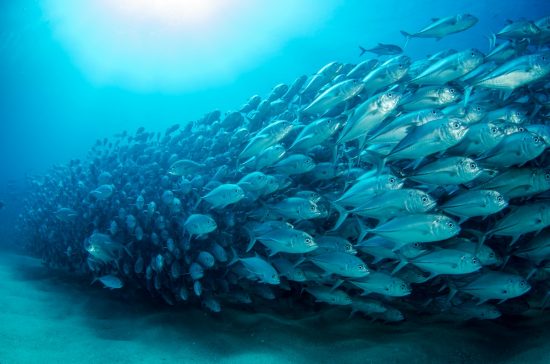
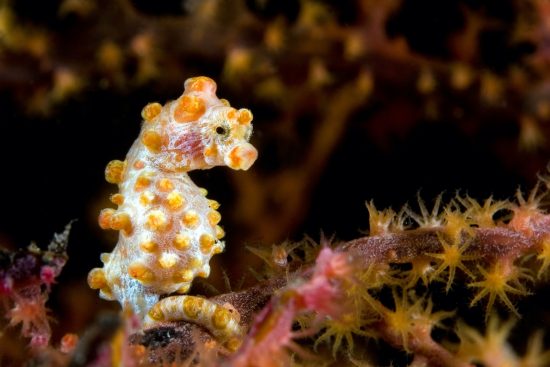

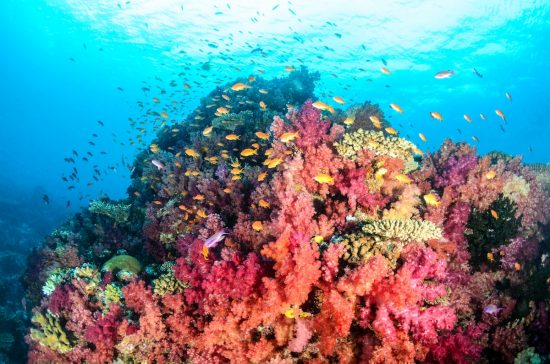
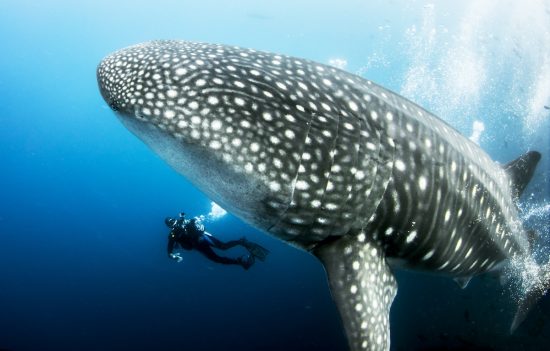
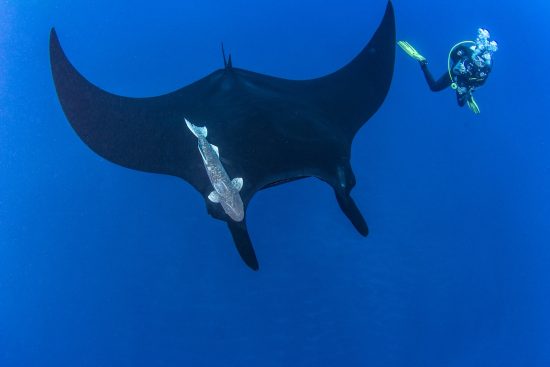
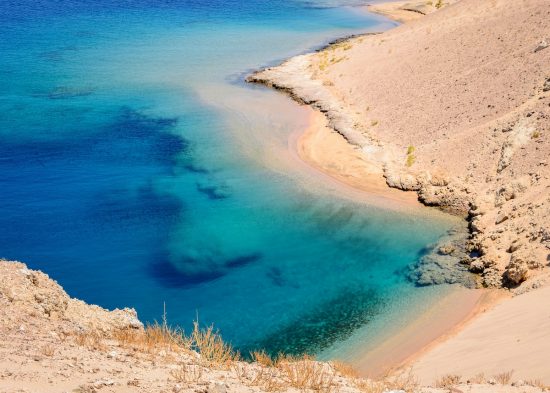
Looking for a new dive destination for 2020?
We’ve got you covered with 14 of the best marine protected areas to dive.
With a focus on conservation, each destination is teeming with marine life and offers you a chance to support marine conservation whilst you travel.
Read on to find out more...
Cocos Island, Costa Rica
Renowned for its pelagic action and huge schools of scalloped hammerhead sharks, Cocos Island is paradise both under and above water.
This forest-cloaked island, a UNESCO World Heritage Site and marine protected area, is cared for by park rangers.
Whilst you can’t stay on the island, you can join a guided walking tour during Cocos Island liveaboard diving safaris.
For a unique Cocos Island adventure, try DeepSee Submersible, diving to 300m depth with the Argo or Sea Hunter liveaboards. You won’t regret it.
Hol Chan, Belize
This ‘little blue channel’, made up of 18 km2 of coral reefs, seagrass beds and mangroves, became a reserve in 1987 and is teeming with life.
Dive Hol Chan and you can find numerous snappers, groupers, parrotfish and more.
It’s also a great place to go night diving along the Mesoamerican Reef and enjoy year-round warm water diving.
Palau, Micronesia
Micronesia became the first country in history to declare the entirety of its waters a marine protected area, including Palau.
The Palau marine protected area is 80% fully protected, with 20% being used for domestic fishing by locals; demonstrating how conservation can preserve marine life and support local communities.
Dive Palau and you’ll discover waters teeming with life and some of Micronesia’s best and most diverse dive sites.
There’s a natural corner in the ocean and thrilling pelagic action at Blue Corner, numerous mantas at German Channel and the famous Iro Maru wreck.
You can also dive with bumphead parrotfish and red snapper in their thousands during special full and new moon Palau Siren liveaboard diving safaris.
Galapagos Islands, Ecuador
As the first-ever UNESCO World Heritage Site in 1987 and bucket list dive destination, the Galapagos Islands need no introduction.
These volcanic islands host diverse life above and below water, with some found nowhere else on Earth.
Go diving in the Galapagos and you can see feeding marine iguanas, penguins rushing past, curious sea lions and numerous sharks.
Despite its reputation, this outstanding wildlife destination only became a marine reserve in 2016.
Cabo Pulmo, Mexico
Designating the waters off Cabo Pulmo a marine park transformed this overfished reef into an ecotourism destination with thriving marine life.
Deemed the most successful marine park in the Western hemisphere, Cabo Pulmo has enormous schools of fish and a community committed to ongoing reef protection.
Jardines de la Reina, Cuba
Cuba’s Jardines de la Reina has pristine reefs extending over 2000 km2 and more than 80 dive sites.
Reef walls are covered in sponges and corals whilst the waters are busy with numerous types of sharks, including silky, hammerhead and reef sharks.
This is Caribbean diving how it used to be; full of life and few crowds.
Raja Ampat, Indonesia
With over 1500 small islands and cays around 4 main islands, there is an array of diving to enjoy at Raja Ampat.
This special marine reserve is at the heart of Coral Triangle diving and has over 1000 fish species, 500 coral species, mantas, turtles, dolphins, whale sharks and more.
You could spend a lifetime diving there.
Apo Island, Philippines
Created in the 1980s, the Apo Island marine reserve was the Philippines’ first community-organised marine reserve and inspired the establishment of others across the country.
You can find hundreds of coral species there, including enormous table corals, boulder corals, brain corals, fire corals and more.
There are also plenty of schooling pelagic fish, as well as mating banded sea snakes at certain dive sites.
Wakatobi, Indonesia
This world-famous UNESCO Marine Biosphere Reserve stretches across a staggering 1.39 million hectares.
New reefs have formed on fossilised reefs and the lack of soil erosion has resulted in some of the cleanest, clearest waters you can experience as a diver. The visibility can reach up to 60m.
There are hundreds of coral and fish species and exceptional macro life, including numerous pygmy seahorse species.
With easy shore dives and colourful coral reef liveaboard diving, there’s something for all.
Great Barrier Reef, Australia
Australia’s Great Barrier Reef, the world’s largest reef system, is made up of over 2900 individual reefs and 900 islands, covering over 344,000 km2 .
It is truly a sight to behold whether you are flying overhead and going Great Barrier Reef diving.
Explore the outer reefs and Far North to discover colourful coral reefs, shark diving, huge potato cod, dwarf minke whales and thousands of sea turtles at Raine Island.
The Spoilsport liveaboard offers special dwarf minke whale safaris and safaris to Raine Island each year.
Namena, Fiji
Protected since 1997, the Namena marine reserve is ideal for snorkelers and divers.
You can discover some of 1200 fish species found there and encounter reef sharks, mantas, passing humpback whales, sea turtles and schools of swirling pelagic fish.
All of which is surrounded by Fiji’s outrageously colourful soft corals, which have rightly earned Fiji the title of soft coral capital of the world.
South Ari Atoll, Maldives
Best known as an aggregation site for whale sharks, South Ari Atoll is the largest protected area in the Maldives.
As a protected whale shark hotspot, it is unmissable and offers typically beautiful Maldivian diving.
Socorro Islands, Mexico
One of the newest marine reserves, the Socorro Islands were only designated as protected in November 2017.
It is the largest fully protected marine reserve in North America and is well worth visiting.
Only accessible by liveaboard diving, you’ll find friendly giant mantas there, plus bottlenose dolphins and whales.
It is a marine megafauna paradise.
Ras Mohammed, Egypt
You don’t always have to travel far to find exceptional diving in protected waters.
The Ras Mohammed National Park in Egypt has been protected since the 1980s and covers 345 km2 , yet is just 20 km from Sharm el Sheikh.
An ever-popular Red Sea diving destination, it offers easy and challenging dives with colourful coral reefs against a backdrop of azure waters and striking desert landscapes.
Ras Mohammed is budget-friendly and accessible reef diving at its finest.
This article was written by divers and writers at LiveAboard.com
 LiveAboard
LiveAboard 22nd November 2019
22nd November 2019